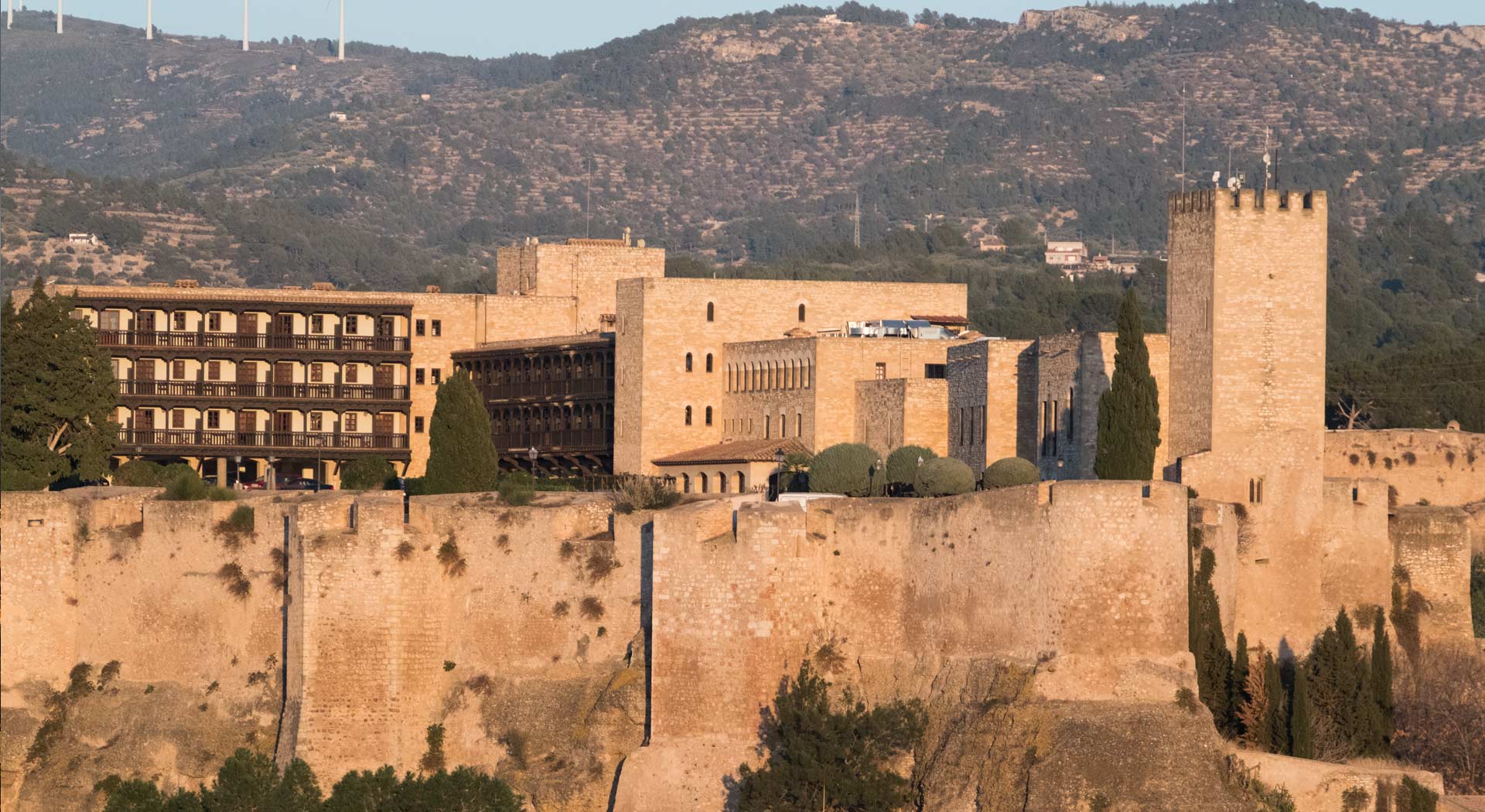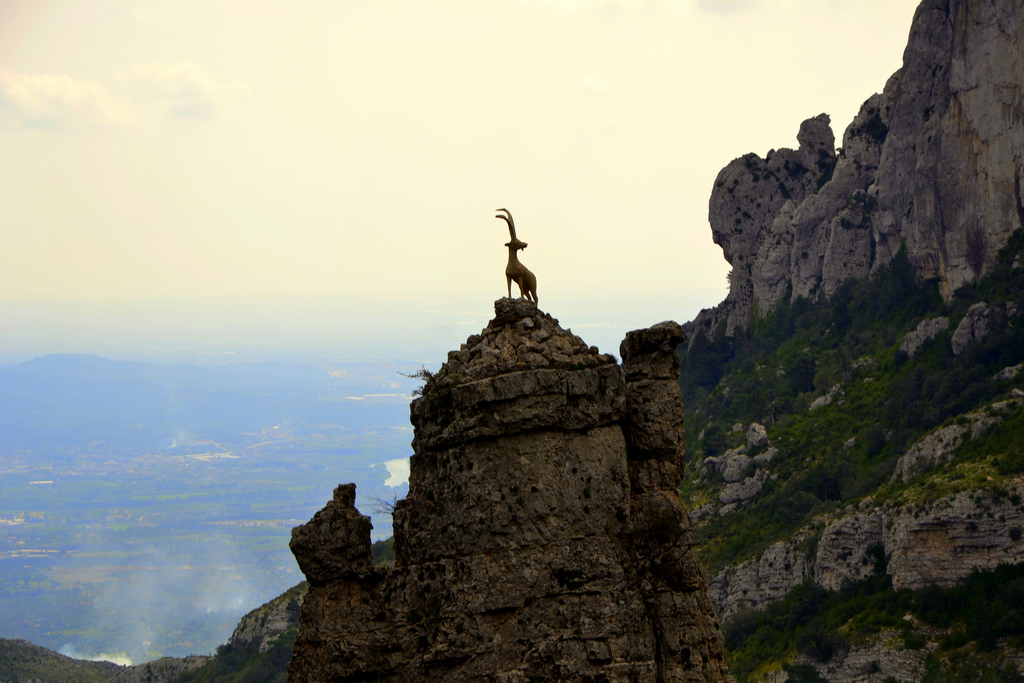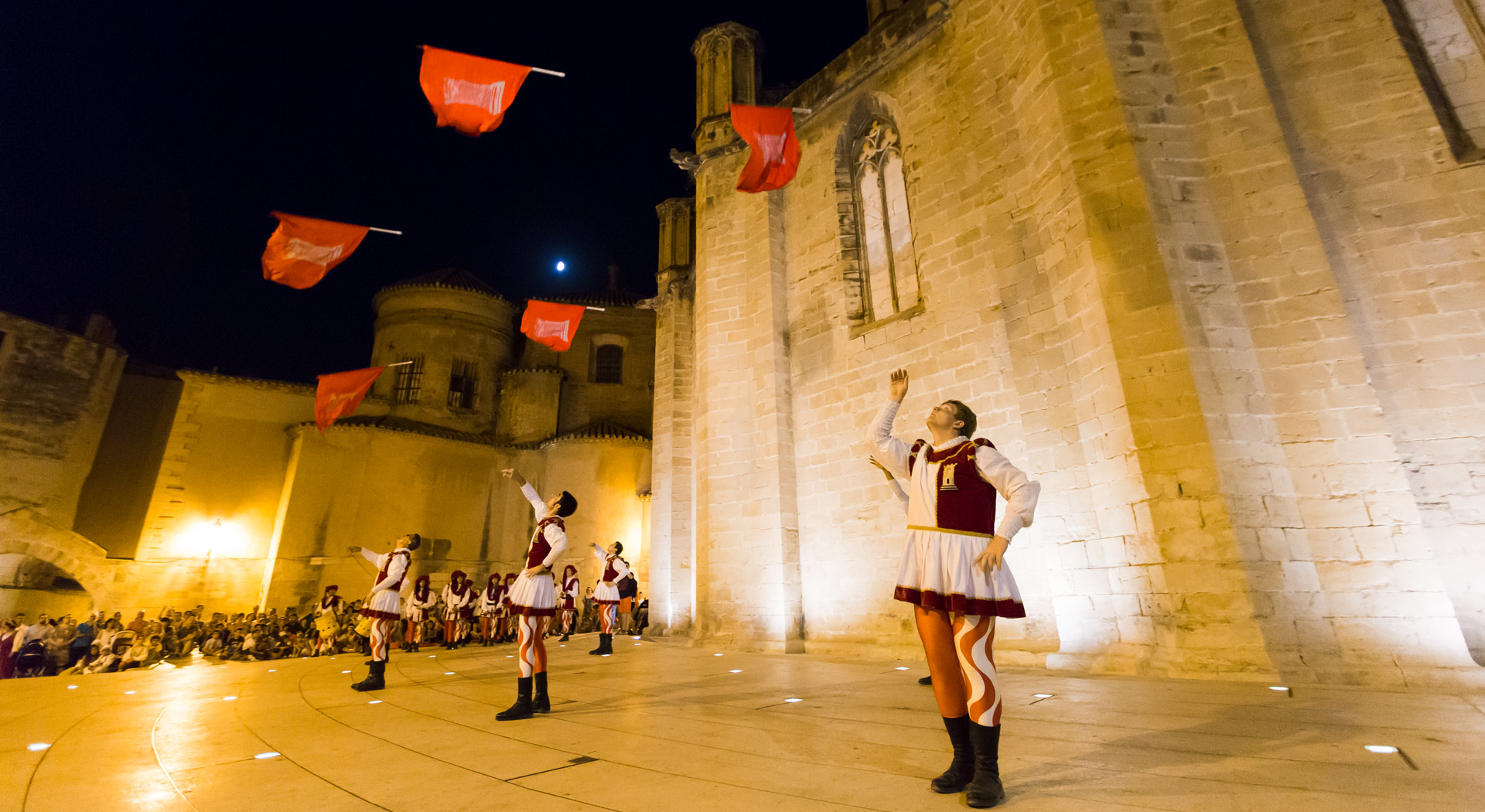Tortosa
Every corner of the beautiful old town is steeped in history. The Iberians chose to settle in what is now the capital of the Baix Ebre region. In fact, historians believe that it may had been the enigmatic and important city of Hibera. If that was indeed the case, the Ebro (Iber) river and the entire peninsula were named after the city. As proof of its splendid past, which saw Romans, Muslims, Jews and Christians pass through, Tortosa boasts the impressive Suda Castle, Saint Mary’s Cathedral and some elegant Modernist buildings. It isn’t known as the city of three cultures (Jewish, Arab and Christian) for nothing. Tortosa experienced its golden age during the Renaissance (16th century).


The Ebro river is one of Tortosa’s great treasures. The river passes through the city centre and can be seen from its bridges and riverside walks, which provide the perfect opportunity to observe and appreciate it. Its residents have a profound affinity with this river, which plays a special, inescapable role in their lives. Visitors can also experience the Ebro’s special charm on board Lo Sirgador, Tortosa’s felucca, as they take a tour of the river and its scenery. Experiencing a sunset on board Lo Sirgador and contemplating the river as the sun disappears behind the Els Ports massif is truly a once-in-a-lifetime experience.
Tortosa is straddled by two natural parks, the Ebro Delta and the Els Ports Natural Park, and is located in the heart of the Terres de l’Ebre, declared a Biosphere Reserve by UNESCO. Its proximity to such natural wealth, which is reflected in its beaches and mountain landscapes, makes Tortosa the ideal destination to explore the whole area. Tortosa is surrounded by nature and offers a whole range of outdoor options, such as going on a bike ride along the Green Route, hiking in the mountains and enjoying a boat trip along the river or the delta.


Historically speaking, Tortosa is unique and different. Tortosa is one of the few places where the three great monotheistic cultures and religions coexisted in the Middle Ages: Christian, Muslim (Saracen) and Hebrew (Jewish). In 1148, once Ramon Berenguer IV had captured the city from the Muslims who had dominated it since the 8th century, the Saracen community was allowed to stay in it, like the Jews who had settled in Tortosa during the Roman period. The three communities coexisted relatively peacefully in Tortosa for centuries.
More info: https://www.tortosaturisme.cat/
